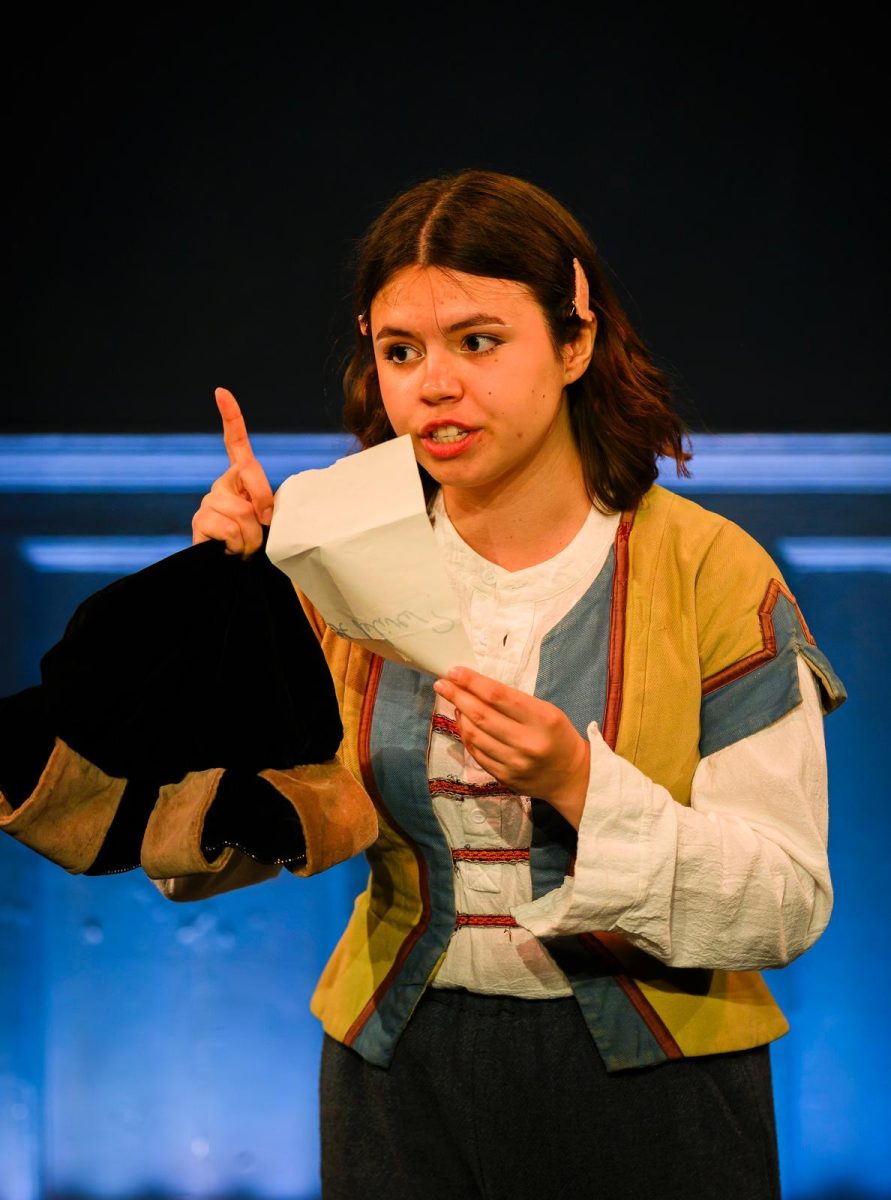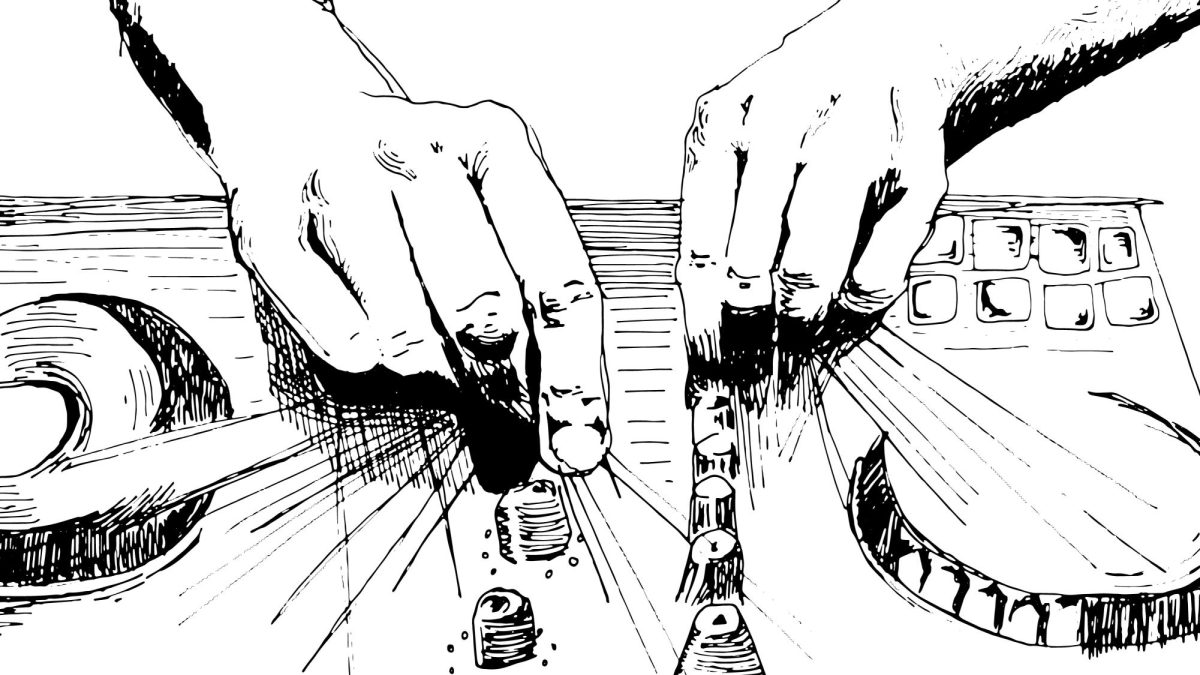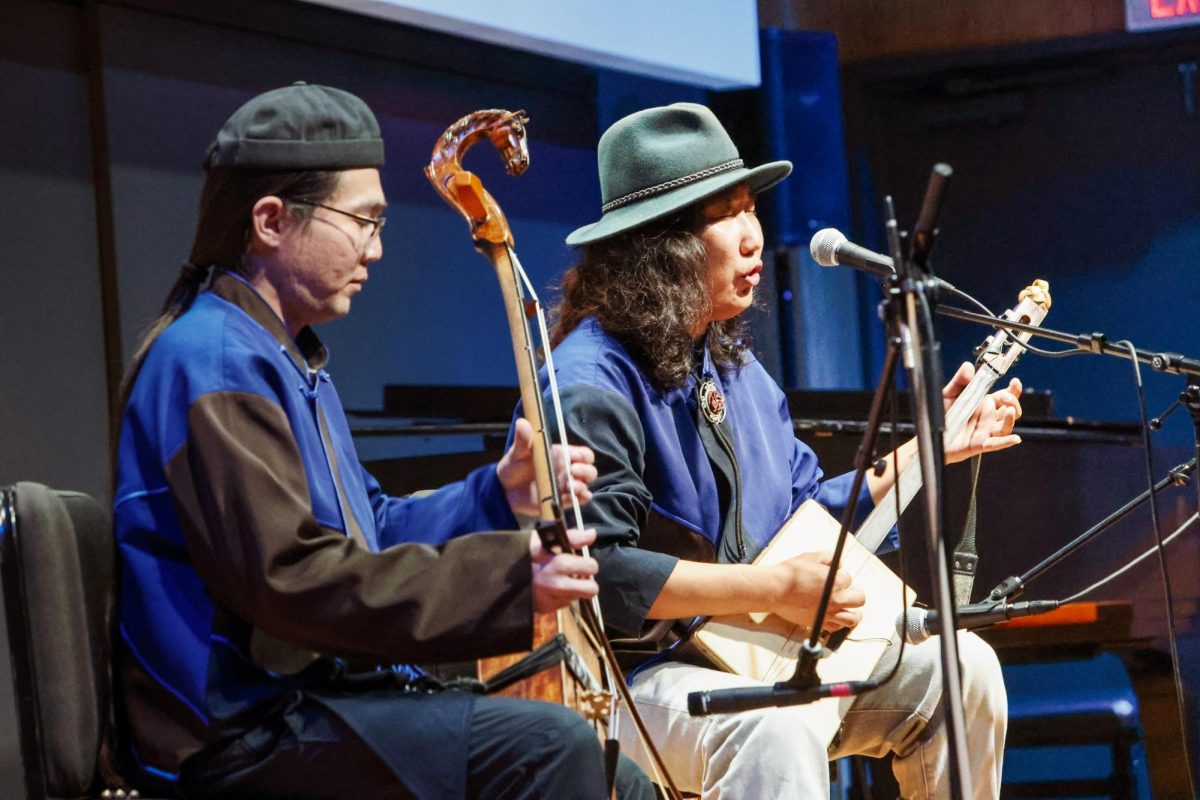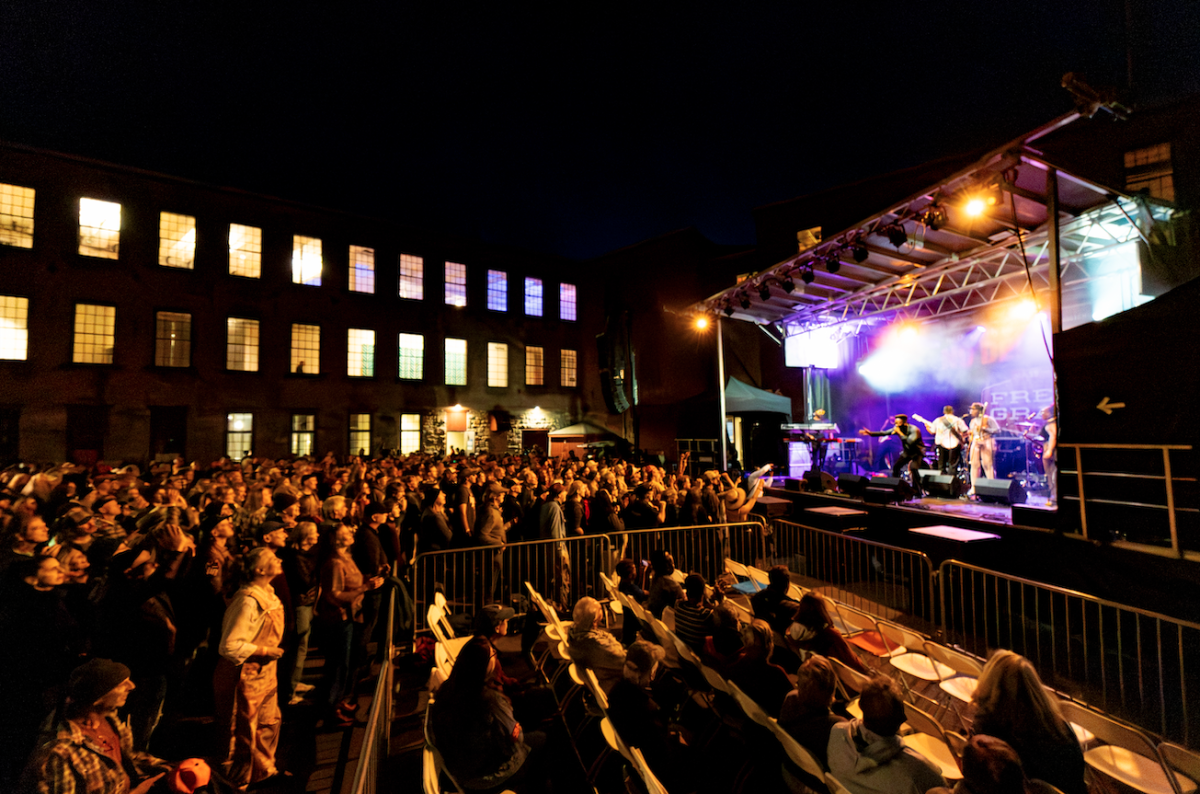
The Williams College Museum of Art (WCMA) closed its doors to visitors indefinitely on March 16, following concerns about the spread of COVID-19 and the College’s mid-semester switch to remote learning. In the weeks since the closure of Lawrence Hall, all museum staff have worked remotely to make its collection accessible to students virtually and to remain engaged with patrons online.
“The museum has long been a place to come together around art, explore ideas and questions of the day and celebrate community,” WCMA Director Pamela Franks wrote in a letter announcing the closure. “During this temporary closure, we will work hard to find new and creative ways of fulfilling our mission and sustaining these vital connections among people and art.”
In the weeks since the museum’s closure, staff have been working to make sure WCMA’s collections are accessible for the College community to use in classes. “At the museum, our first priority has been supporting faculty and students in this transition to remote learning,” Franks said.
Prior to working remotely, the museum’s digital team compiled high-resolution photographs of select works and facilitated installation photography of the Object Lab, a space reserved for exhibiting artwork that is used in courses. Works of art displayed in the Object Lab this spring will be made available to students online, said Curator of Mellon Academic Programs Elizabeth Gallerani.
Gallerani noted that students across all disciplines are already working with the museum’s digital catalogue in new and exciting ways. While many Division I courses access WCMA’s artwork for creative projects or other assignments, those in Div. II and III courses are also utilizing the virtual collections to illustrate theoretical frameworks or better understand scientific processes. Gallerani has already worked with a psychology class that will incorporate WCMA’s holdings into their midterm exam through several interactive digital presentations.
In the coming weeks, Gallerani said, she will continue to support professors in a variety of departments as they rework assignments that involve WCMA’s collections. “We’re exploring a range of digital tools and strategies depending on the professor’s learning goals for a course,” she said.
With the museum’s physical galleries closed, WCMA’s communications team has ramped up its social media presence to remain connected to patrons and the broader art world.
Joellen Adae, WCMA’s director of communications, emphasized the importance of social media engagement during the museum’s indefinite closure. “While our mission hasn’t changed … our means of sharing the mission are naturally limited by virtue of the museum’s temporary closure,” she said. Given the current circumstances, Adae explained, the museum’s social networks and e-newsletter have become their primary means of communication with the public.
“Our goal is to offer connection, community, access to art, sharing of ideas and opportunities for teaching, learning and appreciation of art’s vital place in our lives,” she said. “Lofty, yes, but it is grounded in what makes WCMA unique, including the talents of staff, students, faculty, visiting artists and scholars.”
Recently, the museum re-launched its YouTube channel with art-based content for students and the broader community. There, they will post virtual artist talks, scholars’ lectures and other content, according to Franks. Although distance now separates WCMA and many of its frequent collaborators, Franks added that the staff will continue to involve students in its operations. “We are working closely with Williams students to create new and engaging content for our audiences during this unprecedented period,” she said.
On WCMA’s Facebook page, visitors can now find coloring pages designed by the Agents for Creative Action, a group composed of students at the College and led by WCMA’s Nina Pelaez. The activity pages were first made available in the museum shop on Spring Street last summer. This spring, Pelaez will share them on WCMA’s social media as followers look for at-home learning activities.
The museum also maintains an active Instagram account, where staff members have been posting images of current Landmarks exhibition alongside photography prompts and exercises developed by exhibition curator Horace Ballard and the digital team.
Adae stressed that the staff is working not only to engage students and local visitors, but also to connect with the greater art world and other institutions facing similar contemporary difficulties. “Of great importance always, but now more than ever, is the ability of social media to serve as a gathering place for art museums & educational and cultural institutions worldwide, where we can mutually support one another and share ideas,” Adae said, noting that sharing ideas with other museums in the Berkshires is especially crucial. She added, “These connections and partnerships are extremely valuable since we have much to offer each other, both when we are thriving and when we are challenged.”
The closure has also given staff time to dedicate to organizational infrastructure projects that have been put on the backburner in the past, Frank said. Others have taken on professional development training programs as their main focus while working remotely.
There is still much uncertainty about when the museum will reopen and what its subsequent exhibition schedule will look like, Franks said. Both the “Landmarks” and “In the Public Eye” exhibitions, which opened prior to the College’s closure, were scheduled to close at the beginning of May and June, respectively. “I would love to see the remarkable exhibitions that opened in late January and February stay up through the reopening so that more people can see them,” Franks said.
The museum is preparing to push the two exhibitions originally scheduled to open in the early summer. One, which focuses on the graphic design of posters from the 1972 Olympics, was postponed after the 2020 Tokyo Olympics were pushed to the summer of 2021. The other, titled “Repro Japan” and curated by Professor of Comparative and Japanese Literature Christopher Bolton, Franks said, will likely open next fall and remain on view through the first half of the spring semester.








